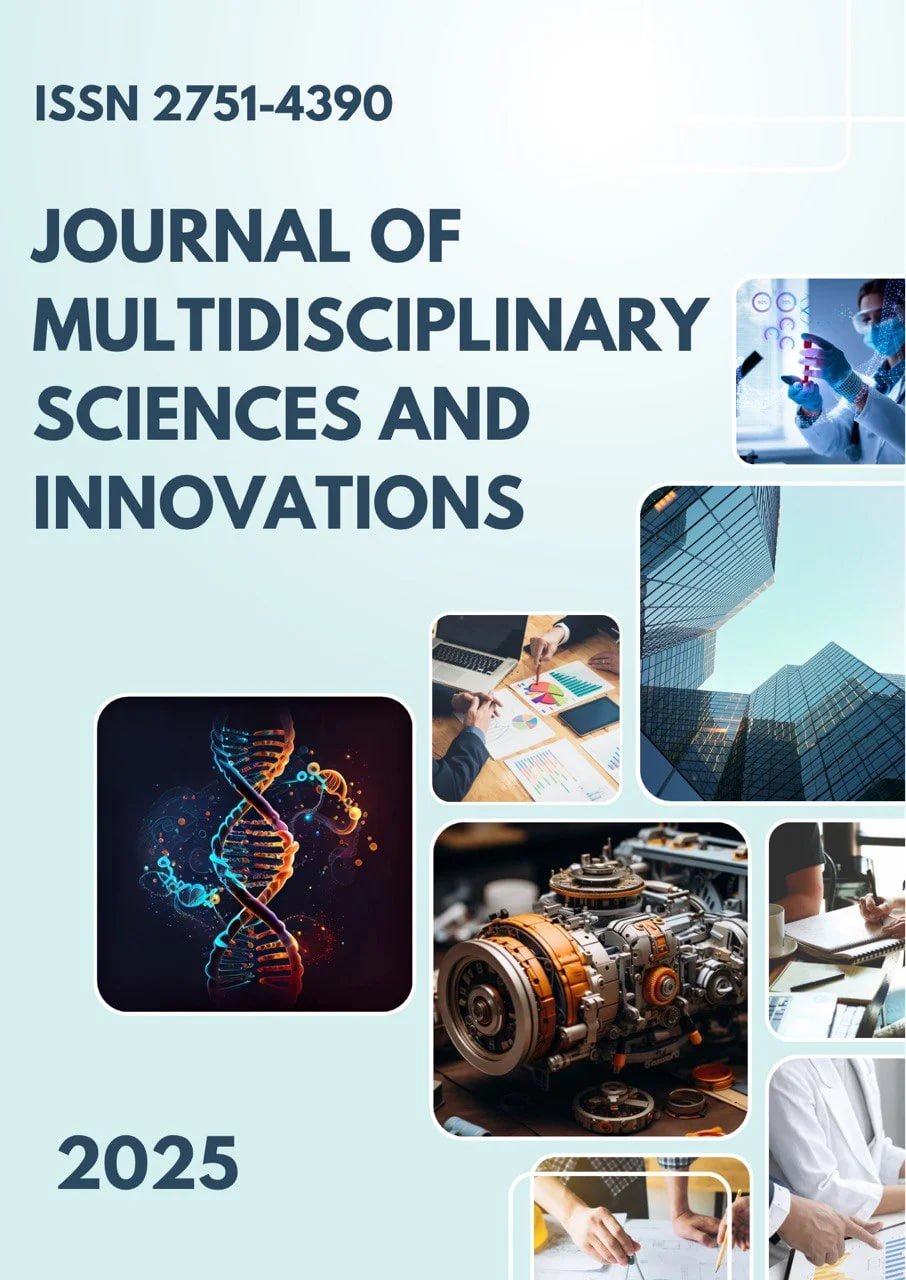GUTTERS' MICROBIOTA IN CHILDREN: ITS ROLE IN IMMUNITY DEVELOPMENT AND THE RELATIONSHIP BETWEEN DYSBIOSIS AND ALLERGIC AND AUTOIMMUNE DISEASES
Main Article Content
Abstract
Downloads
Article Details
Section

This work is licensed under a Creative Commons Attribution 4.0 International License.
Authors retain the copyright of their manuscripts, and all Open Access articles are disseminated under the terms of the Creative Commons Attribution License 4.0 (CC-BY), which licenses unrestricted use, distribution, and reproduction in any medium, provided that the original work is appropriately cited. The use of general descriptive names, trade names, trademarks, and so forth in this publication, even if not specifically identified, does not imply that these names are not protected by the relevant laws and regulations.
How to Cite
References
1. Marchesi, J.R., Ravel, J. (2015). Glossary of terms for microbiome research: an authors' proposal. Microbiome; 3:31.
2. Kostic, A.D., Xavier, R.J., & Gevers, D. (2014). The microbiome in inflammatory bowel diseases: current status and prospects. Gastroenterology; 146(6), 1489–1499.
3. Pittayanon, R., Lau, J.T., Leontiadis, G.I., et al. Differences in the gut microbiota in patients with irritable bowel syndrome: a systematic review. Gastroenterology; 157; 1:97–108. 4. Turnbaugh PJ, Ley RE, Mahould MA, et al. An obesity-associated gut microbiome with enhanced energy harvesting capacity // Nature. 2006. Vol. 444: pp. 1027–1031.
5. Tamburini S, et al. The early-life microbiome: implications for health // Nat Med. 2016.
6. Shao Y, et al. (2019). Delayed microbiota development and cesarean section. Nature, 574, 117–121.
7. Backhed F, et al. Gut microbiota dynamics in human infants // Cell Host Microbe. 2015. Vol. 17: pp. 690–703.
8. Vatanen T, et al. (2016). Variations in the immunogenicity of microbiota-derived lipopolysaccharides and their contribution to autoimmunity. Cell, 165(4), 842–853.
9. Kostic, A. D., et al. Dynamics of the human gut microbiota during the progression of type 1 diabetes. Cell Host Microbe; 2015; Vol. 17; No. 2; pp. 260–273.
10. Sher, J. W., Szczesnak, A., & Longman, R. S. (2013). Expansion of Prevotella copri and increased susceptibility to arthritis. eLife; 2; e01202.
11. Gevers, D., et al. Microbiota in patients with onset Crohn's disease before therapy. Cell Host Microbe; 2014; Vol. 15; pp. 382–392.
12. Berer, K., et al. (2017). Gut microbiota of patients with multiple sclerosis as a factor in disease development in animal models. Nature, 552(7684), 1–5.
13. Martin, R., et al. Breast milk as a source of lactic acid bacteria for the infant gut. J Pediatr Gastroenterol Nutr. 2003; 37; 1–6.
14. Tan, J., et al. (2014). The role of short-chain fatty acids in health and disease. Advances in Immunology, 121, 91–119.
15. Fiocchi A., et al. World Allergy Organization guidelines for the prevention of allergic diseases: probiotics // World Allergy Organ J. 2015. Vol. 8. pp. 1–16
16. Korpela, K., et al. (2016). Association of the gut microbiome with lifelong antibiotic use in Finnish preschool children. Nature Communications, 7, 10410.

